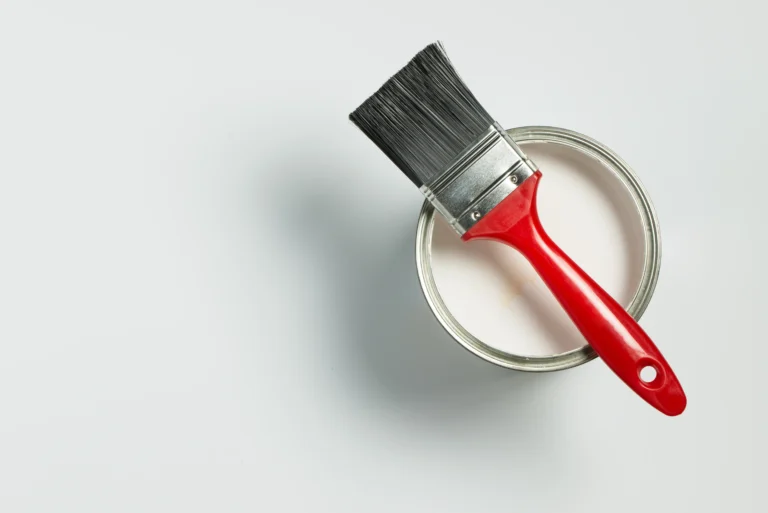When tackling a painting project, one of the most common questions that arises is: how long does paint take to dry? While the answer may seem straightforward, various factors play a role in determining how long paint takes to become dry to the touch, safe for recoating, or fully cured. Understanding these variables is essential not only for achieving a flawless finish but also for avoiding common mishaps like smudging or peeling.
The drying process can differ depending on the type of paint used, the surface it’s applied to, environmental conditions, and the techniques employed during application. Whether you’re a homeowner freshening up a room or a professional painter handling a large-scale job, knowing the drying timeline is crucial for project planning and execution.
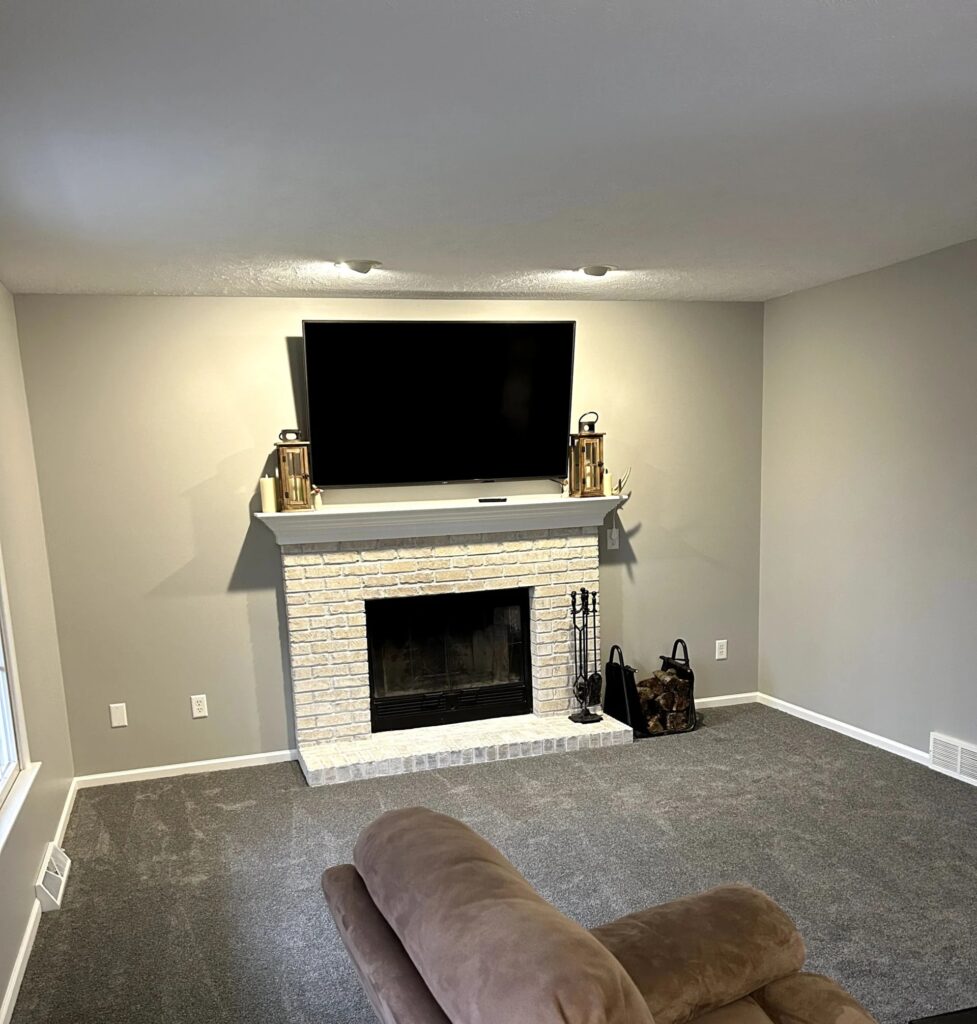
Types of Paint and Their Drying Times
One of the first things to consider is the type of paint being used. Different formulations have different compositions, which significantly impact their drying characteristics.
Latex paint, also known as water-based paint, is a popular choice for interior walls. It typically dries to the touch within 1 hour, with a recoat window of 4 hours. However, the curing process (when the paint reaches maximum hardness) may take up to 30 days.
Oil-based paint, often selected for trim or furniture, dries much more slowly. It generally requires 6 to 8 hours to dry to the touch and at least 24 hours before applying a second coat. Full curing can take up to a week or more.
Spray paint is a fast-drying option that often becomes touch-dry in 15 to 30 minutes. However, recoat and full cure times can vary widely based on the product’s formulation and environmental factors.
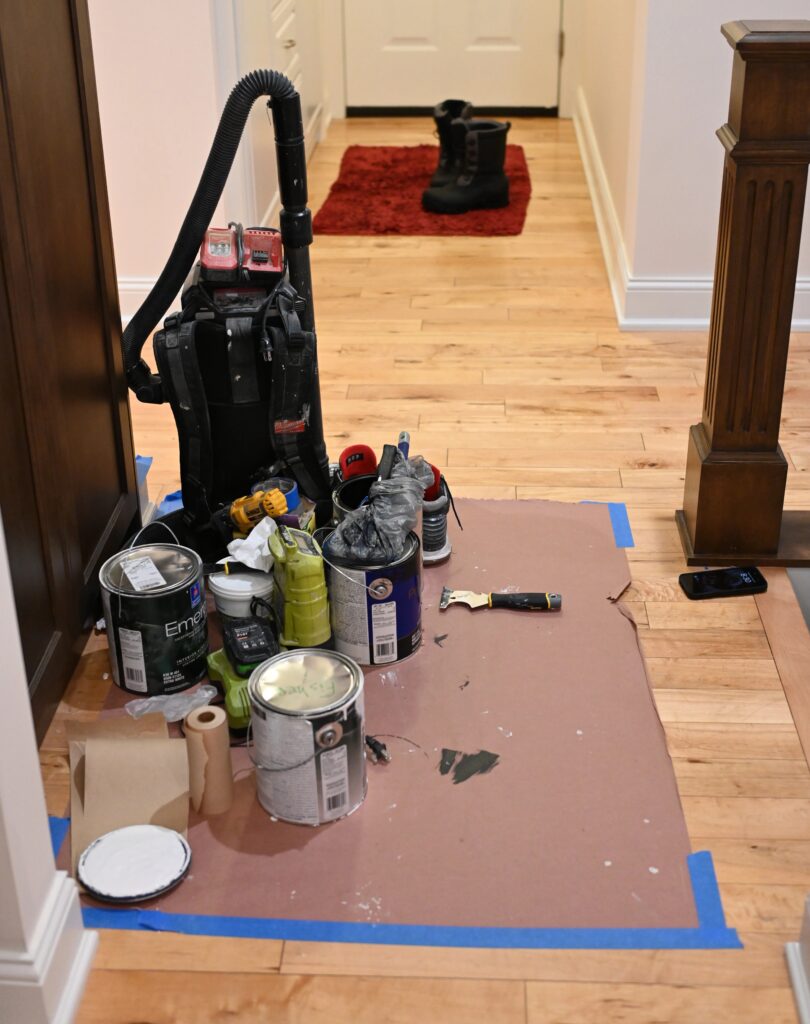
Environmental Factors That Influence Dry Time
Paint doesn’t exist in a vacuum. Temperature, humidity, and airflow all play significant roles in how quickly or slowly paint dries.
In warmer conditions (above 70°F or 21°C), paint tends to dry faster. Conversely, in colder environments, drying can slow considerably. High humidity impedes evaporation, prolonging dry time, while low humidity accelerates it. Adequate ventilation not only helps in dispersing fumes but also aids in speeding up the drying process.
Indoor projects benefit from controlling these factors through HVAC systems or portable heaters and dehumidifiers. Outdoor jobs require more planning around weather conditions to ensure optimal drying.
The Surface Matters Too
The material being painted influences absorption and adhesion, both of which affect drying time. Porous surfaces like bare drywall, wood, or masonry absorb paint more readily, which can speed up the initial drying phase but may require more coats.
Previously painted surfaces tend to dry at a standard rate, assuming they were properly prepared. Surfaces with finishes like gloss or semi-gloss should be sanded or primed beforehand to allow better paint adhesion.

Application Techniques and Their Impact
How the paint is applied also plays a part in the drying timeline. A thin coat of paint applied with a brush or roller will dry more quickly than a thick coat. Similarly, spraying paint evenly can produce a faster drying result, provided it’s not applied too heavily.
Overloading a brush or roller leads to excess paint on the surface, which increases dry time and may result in drips or uneven coverage. Using the right tools and following manufacturer recommendations is key to achieving desirable results.
Recoat vs. Full Cure
It’s essential to distinguish between “dry to the touch,” “ready for recoating,” and “fully cured.” Dry to the touch means the surface doesn’t feel wet. Recoat time refers to when it’s safe to apply another layer without disturbing the one underneath. Full cure means the paint has hardened completely and achieved its maximum durability.
Failing to allow appropriate time between these stages can result in poor adhesion, streaking, or even the paint peeling off over time.
Best Practices for Faster Drying
To speed up drying without compromising quality, it’s crucial to control your environment and painting process. Maintain consistent airflow with fans or open windows, especially for interior jobs. Avoid painting on overly humid or rainy days. Use quality primers to ensure better adhesion and less absorption. And most importantly, read the paint can label for specific manufacturer guidelines.
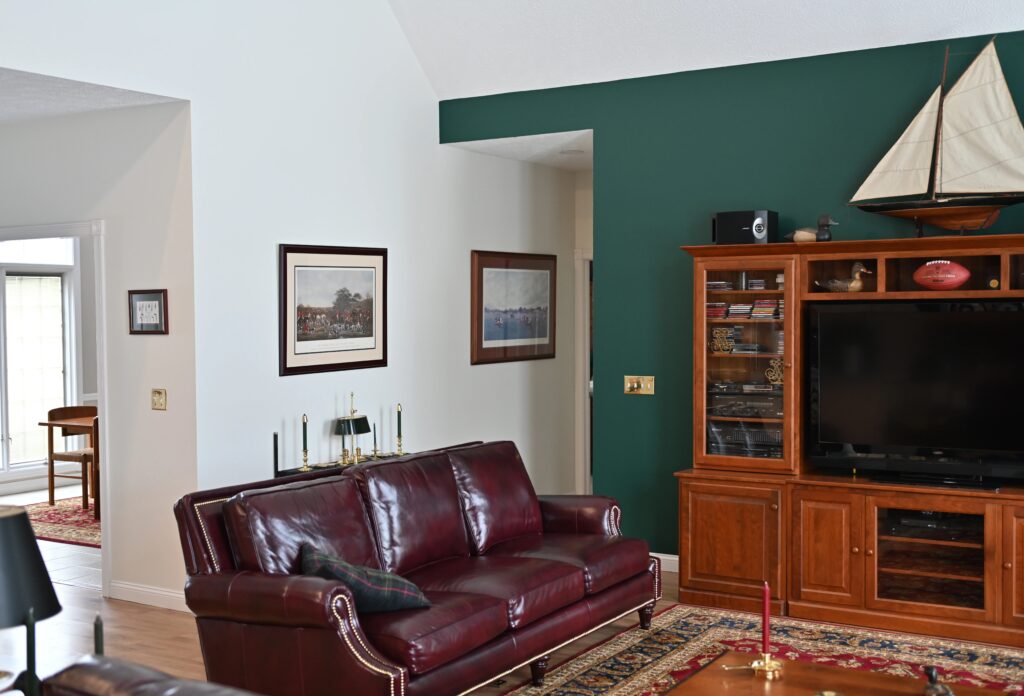
Professional Insight and Experience
Professional painters understand that drying time is more than just a number on a label. At Four Seasons Painting Co, our team considers all these variables when planning and executing each project. Experience has taught us that patience during the drying phase leads to longer-lasting, higher-quality results.
For example, we’ve found that certain paints labeled as quick-drying still require a full day before they can be safely recoated without issues like bubbling or streaking. Understanding the difference between what’s technically “dry” and what’s actually ready for the next step is a nuance that comes with experience.
Resources to Learn More
If you’re interested in diving deeper into the chemistry behind paint drying or want to compare drying times between brands, the Paint Quality Institute offers detailed articles and research on this topic (paintquality.com). You can also consult product-specific datasheets from manufacturers like Sherwin-Williams or Benjamin Moore for highly accurate drying and curing data.
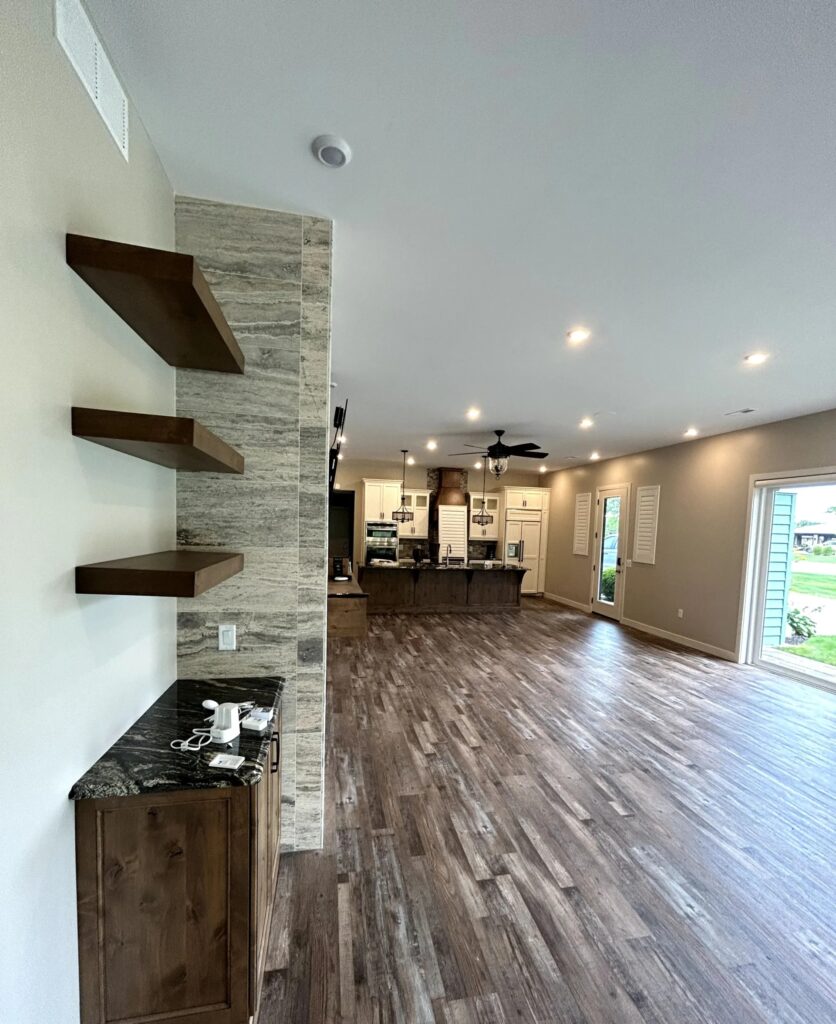
Conclusion – How Long Does Paint Take To Dry
So, how long does paint take to dry? The answer depends on a combination of paint type, surface material, environmental conditions, and application technique. While a wall might feel dry to the touch in an hour, achieving a durable, professional-quality finish requires more patience.
By understanding the full drying timeline and taking the right precautions, you ensure a beautiful result that stands the test of time. When in doubt, trust the professionals who know paint inside and out. Four Seasons Painting Co. is always ready to help you get the job done right—with precision, care, and lasting quality.

